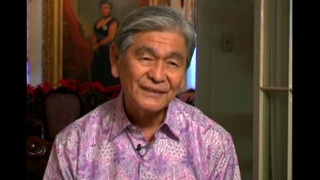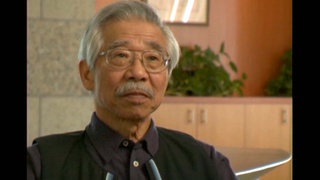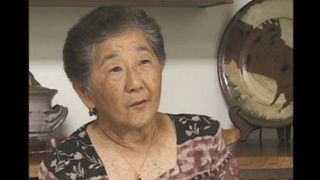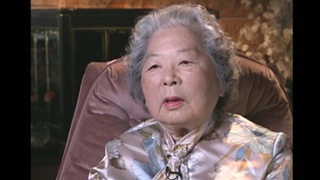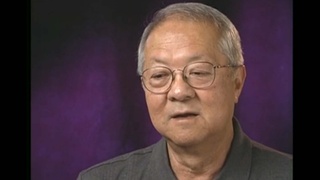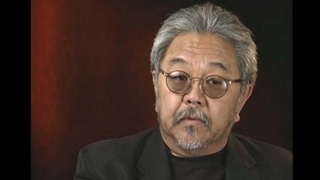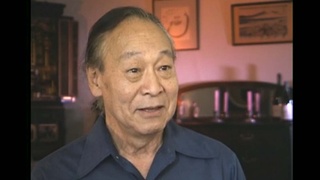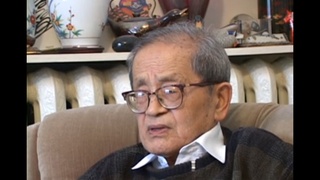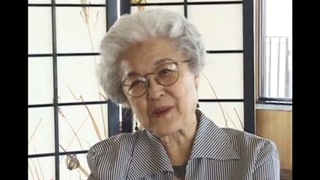Interviews
Bill 442
You can't reserve a number, but what you have to do is to drop the bill in about the time that the bill will come up and then as they stamp these bills, that'll get the number 442. So I went to the House parliamentarian, and I said, "Charlie, when should I drop this bill in, 'cause I want 442." Told him the significance of the Regimental Combat Team and everything, and I said, "I want to get 442 on this bill." So he said, "Well, wait about ten days, and then I'll tell you when to drop the bill in. And then as it comes through, I'll just hold it back and make sure we get 442."
So Charlie Johnson was the House parliamentarian and he's the one who helped me get the number 442 on that bill. And then after that we, it took eight years to get it passed, so every two years I'd have to drop the bill in at the proper time get H.R. 442 in the succeeding Congresses for that legislation.
Date: July 4, 2008
Location: California, US
Interviewer: Tom Ikeda
Contributed by: Watase Media Arts Center, Japanese American National Museum

